Partition 1947: The perennial shadow of communalism
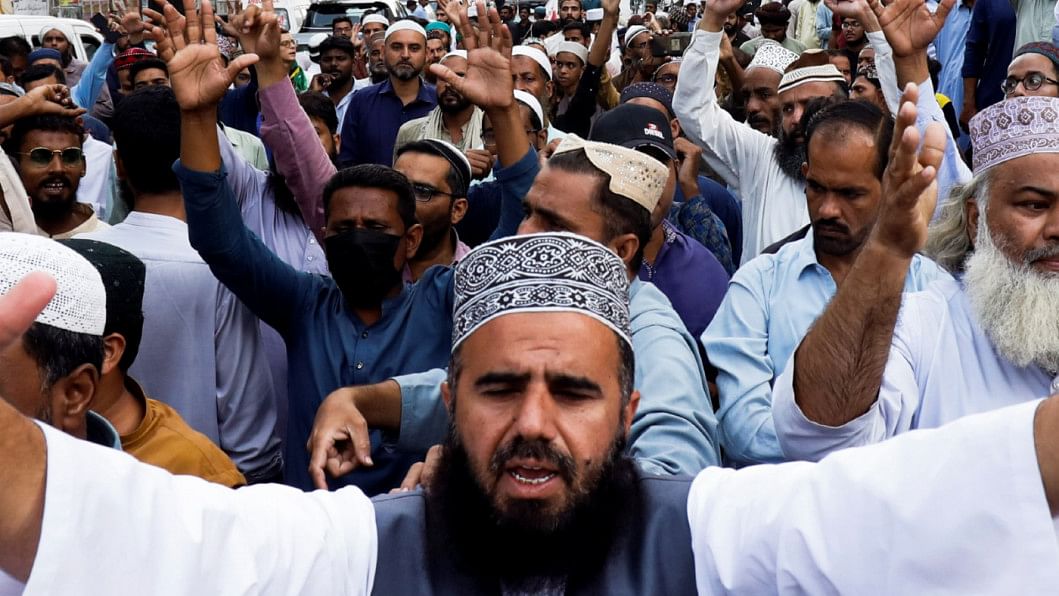
Seventy-six years after the Partition of the Indian subcontinent, we are still a long way from understanding the complex ways in which this event affected the everyday lives of people and communities then, and how it still continues to shape our collective consciousness, politics and ways of being. This series, featuring scholars of partition studies from across the subcontinent is an attempt at exploring the complexities and contradictions of the momentous event that forever changed the contours of this region. This article examines the scars of communalism left on the people in the subcontinent, and what the future might hold.
On August 14, as part of the celebrations for Pakistan's 75th anniversary of independence, the Pakistani government released a re-recorded video of the country's national anthem. Compared to the old one, the updated version of the anthem reveals Pakistan's willingness to embrace its diversity and plurality, which was previously absent in the face of Muslim nationalism. This version highlights Pakistan's regional, linguistic, and religious diversity elaborately. However, a few days later, an incident in Hyderabad exposed the fault lines in Pakistani society on a much deeper level. On August 20, an angry mob surrounded a residential building at Hyderabad in Sindh province, demanding custody of a low-caste Hindu sweeper accused of desecrating the Quran. Police and rangers later dispersed the mob, preventing a potential lynching.
On the other side of the border, as India celebrated the 75th anniversary of independence, the Indian state of Gujarat set 11 convicts in the Bilkis Bano rape case free. Later, relatives and members of Vishva Hindu Parishad (VHP) gave these convicts a hero's welcome. Bano, an Indian Muslim woman, was gang-raped and 14 members of her family were murdered in front of her by a Hindu mob during the 2002 anti-Muslim riots in Gujarat. One of the jurists, also a legislator from the ruling Bharatiya Janata Party (BJP), iterated that the convicts were "Brahmins and have exemplary behaviour." The evolution of India's second state has almost culminated under the rule of BJP, which has been in power since 2014. India's ideological turn has alarmed the world regarding the future of its Muslim minority. Additionally, it raises serious questions about the future of the secular state in India.
Bangladesh, a Muslim-majority nation that is officially classified as secular, also has a history of majoritarian violence against minorities. One needs to ask what exactly is producing this violence in these South Asian countries once ruled by the British Empire.
Communal violence is not a recent phenomenon in this part of the world. The trajectory of modern communal violence in India can be traced back to the colonial period, which resulted in the division of the subcontinent into Muslim-majority Pakistan and Hindu-majority India in 1947. As a result, about 15 million South Asians were uprooted. Approximately two million people were killed. The grisly violence that broke out in the region included rape, abduction, and conversion to other faiths. The event known as Partition of British India was a long and complicated process. While some people immediately migrated and became refugees in their new countries, others were forced to leave as they witnessed the escalation of communal politics in their respective regions. The violence was not limited to only Hindus and Muslims. Scholars have shown how South Asians used to have fluid religious, regional, and linguistic identities before the British intervention hardened their identities. During colonial rule, governance tools such as censuses, the constitution of India (1935), and the production of colonial knowledge contributed to the hardening of communal fault lines in the subcontinent. The secularisation of religion as well as the partition of Bengal in 1905, the grant of separate electorates in 1909, and the Communal Award in 1932 helped fuel the communal divide in British India. During colonial rule, almost all major religious traditions underwent reform movements that resulted in further tightening of religious identities.
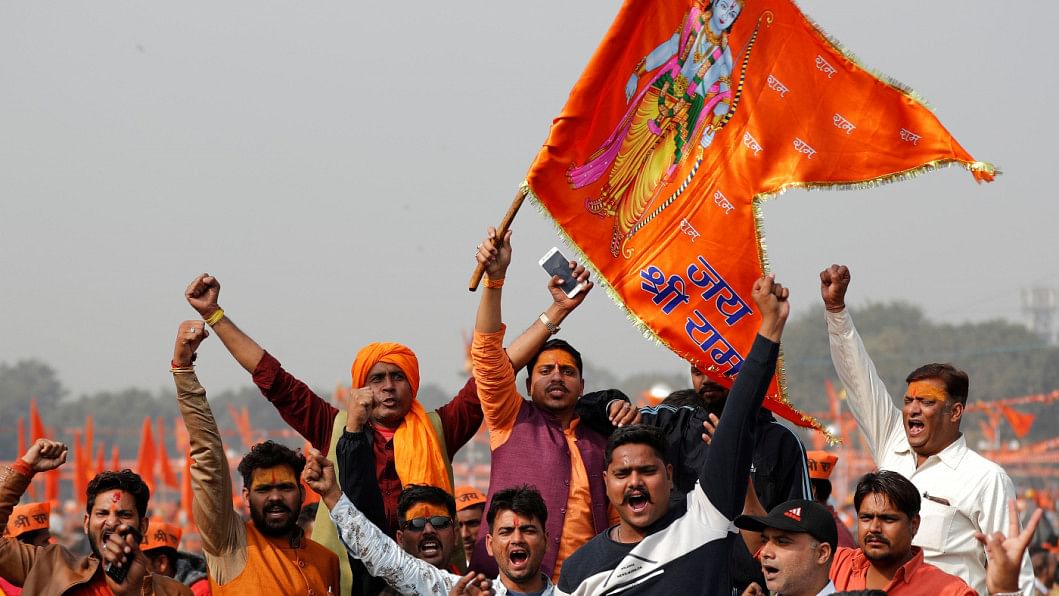
The All India Muslim League's campaign for a separate homeland for Muslims was driven by fear of becoming a minority in a Hindu-majority India. However, postcolonial nationalism had other fault lines besides religion, including race, caste, language, community, and regionalism. The meanings of home, homeland, belonging, citizenship, majority, and minority in South Asia profoundly changed in the 1950s as a result of these complex historical processes. As new nations were imagined, they were based on majoritarianism, resulting in the expulsion of unwanted "others" from their homelands. In both Pakistan and India, a culture of communalism dominated and defined by the major religious communities played an integral part in clearing national space.
Due to the internal fault lines, Partition was not the final cleavage of the region that became Pakistan. A staunch supporter of the Pakistan movement, East Pakistan, decided to part ways 24 years after the Partition. This meant that South Asia's Muslim leaders could not continue their political understanding that agreed upon the establishment of Pakistan in 1947. East Pakistan's secession in 1971 was the result of the fully evolved Bangalee Muslim identity and their demand for equal political rights. This led to the emergence of a third sovereign country in South Asia. Thus, while both India and Pakistan celebrate their 75th independence this year, Bangladesh marks its journey differently.
Demanded as a separate homeland for Muslims in British India, Pakistan was dreamt by its founding father, Muhammad Ali Jinnah, as a modern Muslim state. Jinnah's vision was short-lived as the politics of Islamic identity became an influential feature of state-making in Pakistan. Pakistan declared itself an Islamic republic on March 23, 1956. A gradual Islamisation of the country not only resulted in the continued hostility towards the recognised religious minorities, but also led to the creation of new religious "other" and their persecution and exclusion from public and political spheres. Recently, the Pakistani state's claim to be "an Islamic" state has also received backlash from Islamic parties and militants, questioning its legitimacy over its "Islamicness."
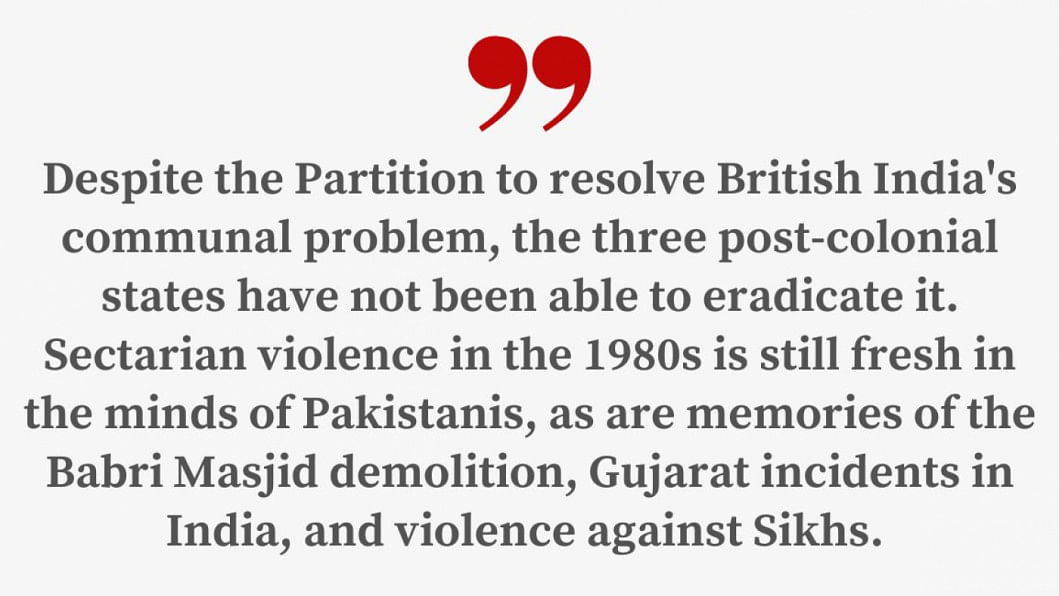
Meanwhile, India has its own complex issues to deal with. For almost 75 years, India has positioned itself as the world's largest secular democracy, but the current wave of Hindu extremism and violence against Muslims and Dalits have exacerbated the oppression. Persecution of Muslims in India has sparked fears of a genocide. Not too long ago, the organised violence against Sikhs and Muslims had shaken the world. It is not difficult to predict where things are headed in India soon after years of debate and doubt about the origins of Muslims in the country. One thing is clear: communal violence is fuelled by the ideological narrative everywhere in the region – whether it's Bangladesh, India or Pakistan. It can be state or other religious actors building the narrative, excluding the people of other faiths or sects.
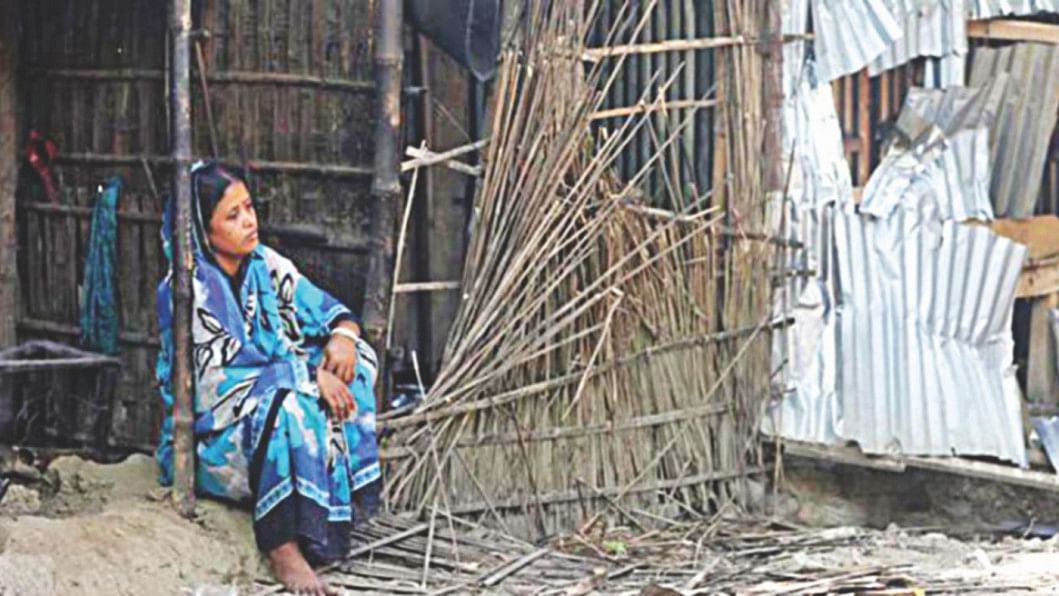
Despite the Partition to resolve British India's communal problem, the three post-colonial states have not been able to eradicate it. Sectarian violence in the 1980s is still fresh in the minds of Pakistanis, as are memories of the Babri Masjid demolition, Gujarat incidents in India, and violence against Sikhs. Recently, there were incidents of mob violence against Hindus in Bangladesh. As a matter of fact, the post-partition social history of Hindu communities in Bangladesh has not been preserved properly.
In South Asia, minoritised citizens face a very difficult situation. There is no need for me to write further about it. My research has involved interviewing minoritised communities in three South Asian countries to find out what it is like to be marginalised. It has never been described as a pleasant experience. For decades, religious exclusivism has been a cause of hate and violence in our region, and in some cases, it has taken the form of fascism.
At the 75th anniversary of the Partition of British India that brought on unprecedented violence, loss of precious human lives, rapes, murders, and an unimaginable price that people, known and unknown to us, paid for freedom, it is now up to us to rethink and reinvent communal life in our respective countries. Given how caste and class intersect with communal violence in our region, this is not an easy task. However, we must recognise that the future of this region has a direct connection to the future of human life. It might be a good idea to eliminate majority and minority categories on the electoral level. However, will it be enough to resolve the conflicts between some religious groups?
I must admit that I do not see this happening in India, where the state's ideology further marginalises Muslims and pushes them down the socioeconomic ladder. As far as I can tell, this will not happen in Pakistan either, where the government has legislated to maintain religious differences, making some religious actors openly pursue the politics of hate and persecution. The task will remain equally challenging for Bangladesh. Beyond increasing religious literacy among their respective populations, states must protect minorities from majoritarian violence in the long run.
Dr Sadia Mahmood is assistant professor at Quaid-i-Azam University in Islamabad, Pakistan.

 For all latest news, follow The Daily Star's Google News channel.
For all latest news, follow The Daily Star's Google News channel. 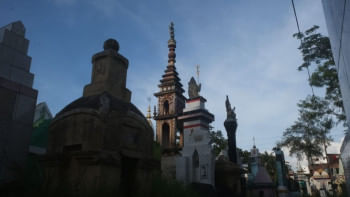
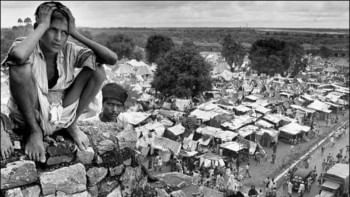
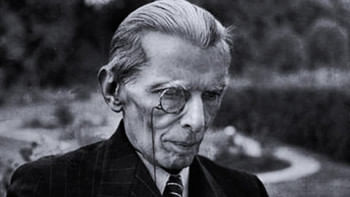








Comments